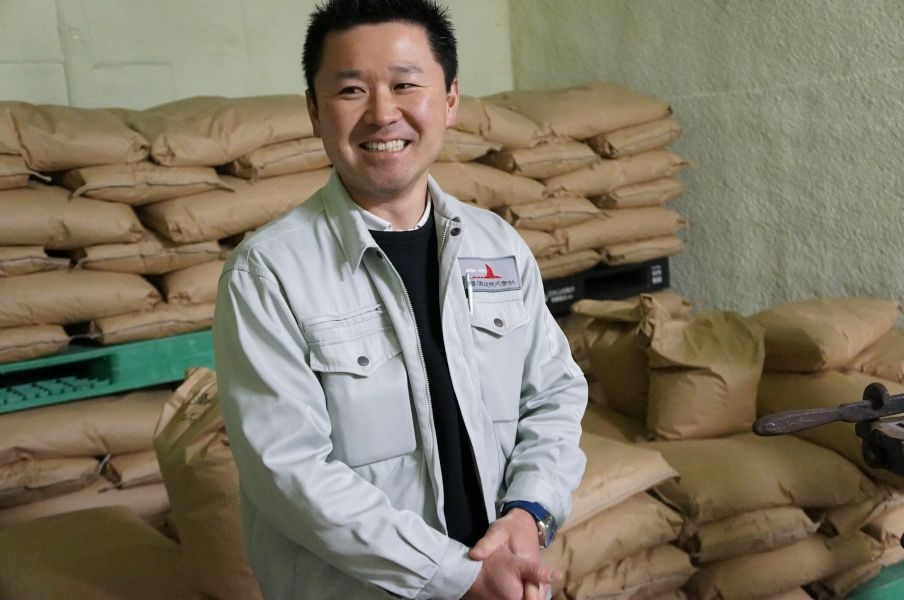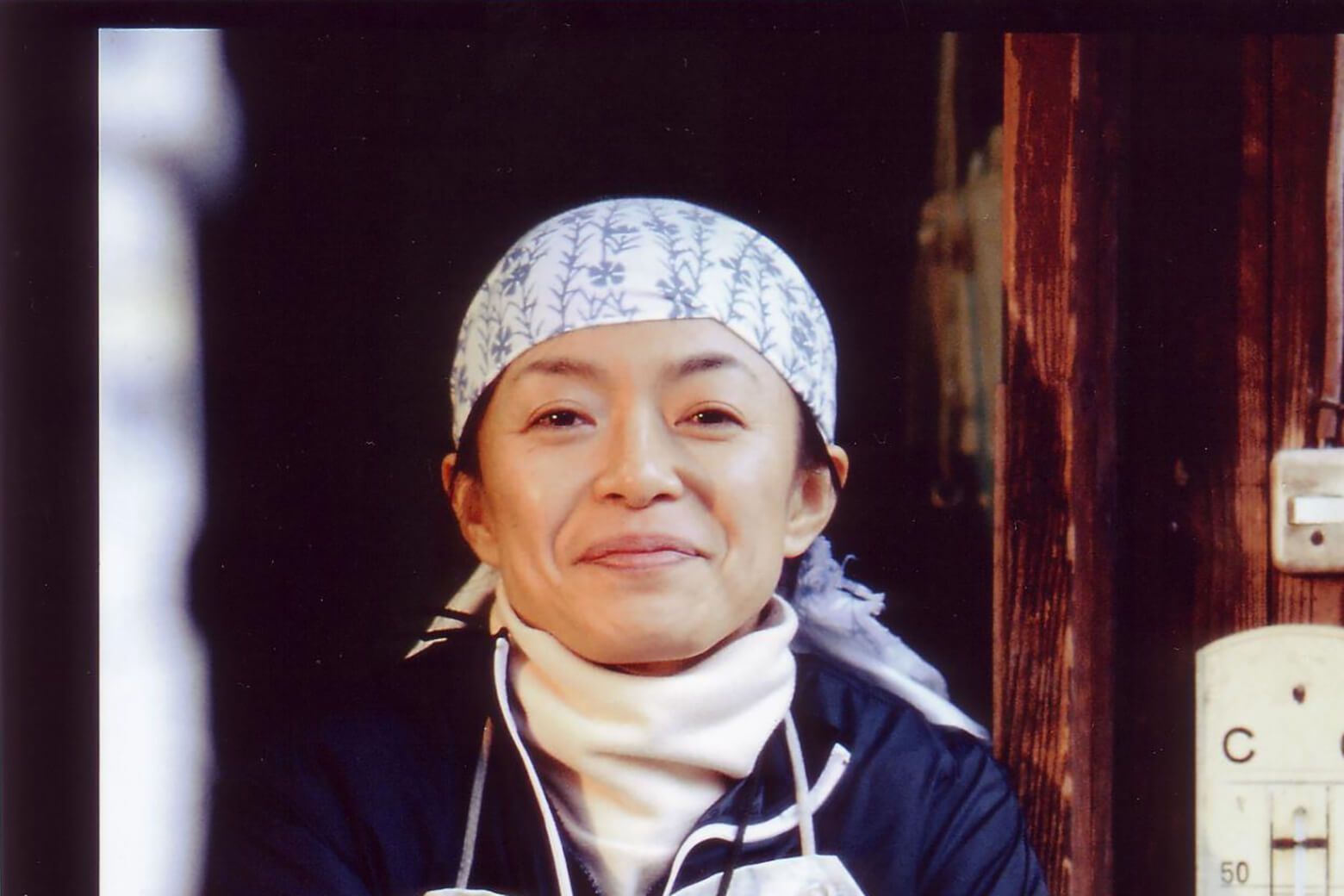What characterizes the regional style of sake?
First, breweries have historically chosen locations with certain conditions, such as climate and geographical features including abundant natural water sources. In addition to natural resources locally available, more and more research is being devoted to producing regionally-specific sake rice and yeasts in efforts to define regional styles in modern day sake making.
Another factor to consider is local food. Each region around the world has its own specialty. Beverages developed in the region naturally go well with the local food, and sake is not an exception. If you’re looking for vacation ideas, you can use this as a Japan travel guide and plan your trip around sake and food.
In this series, we will discover the regional differences in sake, and the first one is Kyushu, Okinawa and Shikoku.
Overall, the area enjoys a comparably warm climate year-round and is blessed with an abundant source of quality underground water and river water.
Back in the Edo Period in the 1600s, Nagasaki Prefecture in Kyushu was the center of sugar trade. Sugar was valuable, and sweet flavor was a luxury. Around the same period, Okinawa and southern Kyushu established sugar plantations and their access to sugar is believed to have contributed in the development of current day local food flavors. The miso and soy sauce from this area have a higher sugar content than other parts of Japan, and the sake produced in the area has the preferred tendency to compliment sweet nuances in food.
Kyushu & Okinawa Islands
Fukuoka
Relatively dry and cold winters and a hot summer climate makes it perfect for harvesting high-end rice such as Yamadanishiki. The sake from this region tend to be umami-packed with velvety finish.
Local dish: Motsu nabe hotpot, Gameni (simmered chicken and root vegetables)

Oita
Kyushu is known for its shochu production, however, Oita has 30+ microbreweries specializing in local artisan sake (jizake). The prefecture is famous for hot springs with soft water and the sake produced in this region tend to be elegant and full bodied with a touch of sweetness.
Local dish: Grilled ayu fish, Karaage fried chicken
Miyazaki
Miyazaki gets the most annual hours of sunshine and rainfall in the Kyushu region. With the influence of ocean breezes, the prefecture does not get too hot. The sake produced here tend to be a bit drier.
Local dish: Charcoal grill jidori chicken, Fish cake tempura

Kagoshima
Kagoshima is a warm climate region. It is often referred to as “Kingdom of Shochu,” especially given those made from sweet potatoes and from brown sugar in the Amami Islands. As of 2019, they only have one brewery specialized in sake, Hamada Shuzo. Their signature “Sasshu Masamune” is very aromatic with nuances of tropical fruit.
Local dish: Soy sauce sweet pork belly, Keihan chicken rice
Kumamoto
Kumamoto enjoys a pacific climate with warm summer and cold winter. The proximity to multiple mountains provides abundant quality underground water. The region has developed its unique yeast, Kumamoto Yeast Number Nine, and this provides sake with a balanced acidity and floral and fruity aroma.
Local dish: Horse meat sashimi, Fried rockfish
Tippsy’s recommended sake from Kumamoto:
Chiyonosono “Sacred Power”
Saga
Saga is known for its full body, umami-packed sake, and the alcohol level often exceeds ABV 15%. Breweries close to Mt. Sefuri and Mt. Tara produce soft and rather sweet sake, and those close to Mt. Tenzan, known for its water with high mineral content, tend to offer robust and rustic style sake.
Local dish: Saga-wagyu beef steak, Squid sashimi
Tippsy’s recommended sake from Saga:
Shichida “Junmai”
Amabuki “Gin no Kurenai”
Nagasaki
Nagasaki boasts its high-quality soft water and some of the prefecture’s water sources ranks in “the 100 Best Waters Selection in Japan.” The sakes produced in the region tend to be light and sweet in style.
Local dish: Karasumi (dried mullet roe), Chawanmushi
Okinawa
Okinawa is known for Awamori, a distilled alcohol made with Thai rice (long grain rice). The prefecture only has one sake brewery, Taikoku Shuzo.
Local dish: Okinawan stewed pork, Goya champuru (bitter melon stir-fried with pork)
Shikoku Islands
Kagawa
The Sanuki Mountains provide abundant quality water. The breweries in this prefecture often use the region’s original rice such as Sanukiyoimai and Oseto, and their overall sake style tends to be round and on the sweet side.
Local dish: Imotako (Simmered taro potato and octopus), Udon noodle

Tippsy’s recommended sake from Kagawa:
Kawatsuru “Crane of Paradise”
Tokushima
Warm climate region with less rainfall. Yoshino River and Nakagawa River provide soft water. The prefecture has developed their local version of yamadanishiki rice called Awayamadanishiki which is perfect for creating well-balanced mild sakes.
Local dish: Pressed mackerel sushi, Steamed pike conger
Ehime
Ehime has over 40 sake breweries. The prefecture is known for its unique feminine style sakes, which tend to be mild and lightly sweet. Matsuyamamitsui and Shizukuhime are the popular local rice many breweries use for sake production.
Local dish: Simmered tai snapper, Takomeshi (octopus rice)
Kochi
Kochi overall is warm and humid with lots of rainfall that faces the Pacific Ocean. The Shimanto River provides soft and elegant water. The sake produced in the region tend to be light with a refreshing aftertaste, which pairs well with local seafood dishes.
Local dish: Seared bonito, Baby sardine sashimi
Tippsy’s recommended sake from Kochi:
Suigei “Koiku 54”
Tsukasabotan “Senchu Hassaku”
When visiting Japan, don’t overlook Kyushu, Okinawa and the Shikoku Islands. From World War II memorials to beautiful coral reefs and national parks, the region has so much to offer! How are you planning your trip to Japan?















